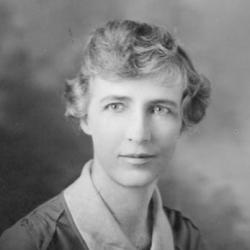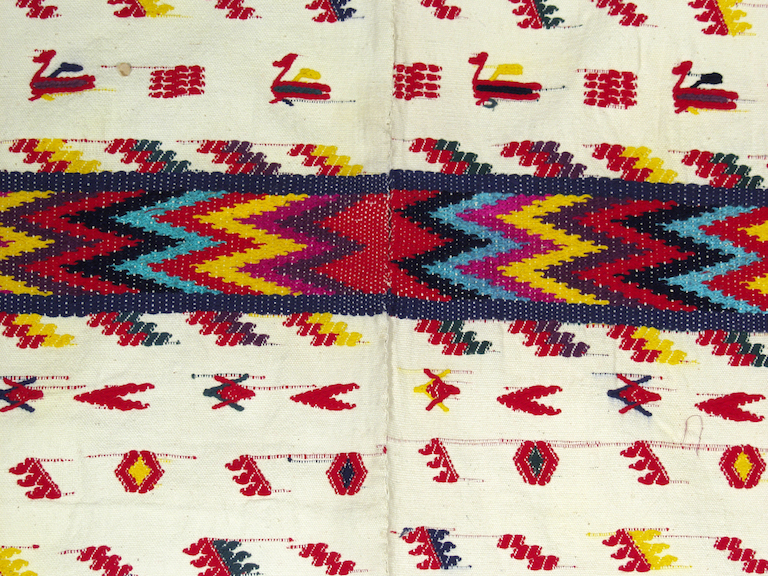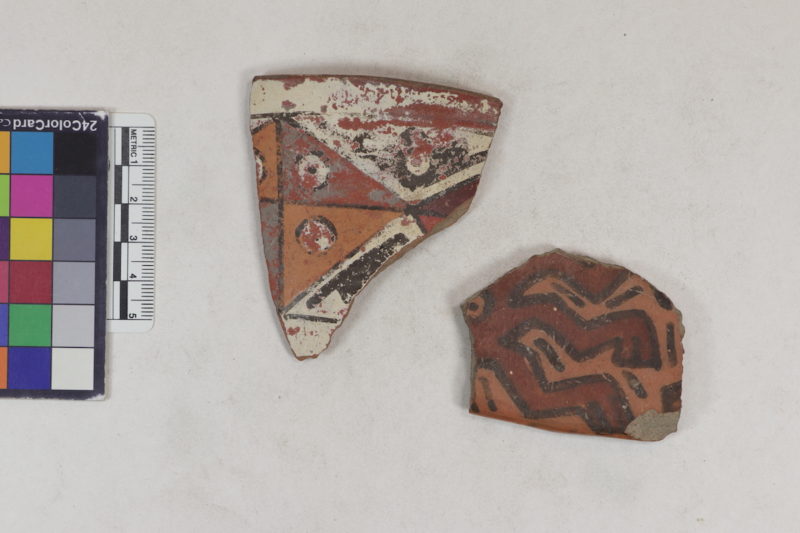Lila Morris O’Neale
Lila Morris O’Neale was an anthropologist and textile historian who pioneered the field of ethnoaesthetics through research that bridged the fields of design, history, and art. Trained as a teacher at the San Jose Normal School, O’Neale taught in Oakland before pursuing graduate degrees from Stanford, Columbia, and UC Berkeley. An interest in textiles, stemming from her teaching in the field then known as home economics, led her to pursue graduate research on lace in UC Berkeley’s Household Art Department. In 1926, O’Neale met Alfred Kroeber, then director of the Museum of Anthropology (now the Phoebe A. Hearst Museum of Anthropology) who had just returned from fieldwork in Peru and sought a textile analyst. Taking this position marked a shift in O’Neale’s academic life toward an anthropological approach to the study of textiles.

Lila Morris O’Neale was an anthropologist and textile historian who pioneered the field of ethnoaesthetics through research that bridged the fields of design, history, and art.
O’Neale went on to complete groundbreaking research culminating in a book entitled Yurok Karok Basketweavers. Her ethnographic approach, which sought to understand the individual aesthetic motivations and design preferences of basket weavers, represented a departure from previous anthropological work which focused primarily on the functionality of material culture. By 1941, O’Neale was a full professor at Berkeley in the Design Department and became the first woman to teach in the Department of Anthropology. O’Neale made frequent use of the collections of the Museum of Anthropology and collections held by the Design Department in her teaching and research. She valued not only a visual and cultural, but also a technical understanding of textiles, and sought to reproduce methods she encountered in her work. Her approaches in teaching and research brought together art and anthropology and had a profound influence on students of the Design Department, later renamed the Decorative Arts Department, such as fiber artist Ed Rossbach.

O’Neale was instrumental in shifting the field of anthropology toward a more interdisciplinary approach that prioritized individuals over generalized culture.
In addition to teaching, O’Neale served as Associate Curator of Textiles at the Museum of Anthropology and published works on Peruvian and Guatemalan textiles. Upon her death in 1968, O’Neale donated her personal collections to the Decorative Arts Department, which were later transferred to the Museum of Anthropology. You can explore these collections in our online Collections Portal. O’Neale was instrumental in shifting the field of anthropology toward a more interdisciplinary approach that prioritized individuals over generalized culture. Her legacy continues in the weavers who continue informed by her research, and the artists and historians guided by her teaching and methods.





